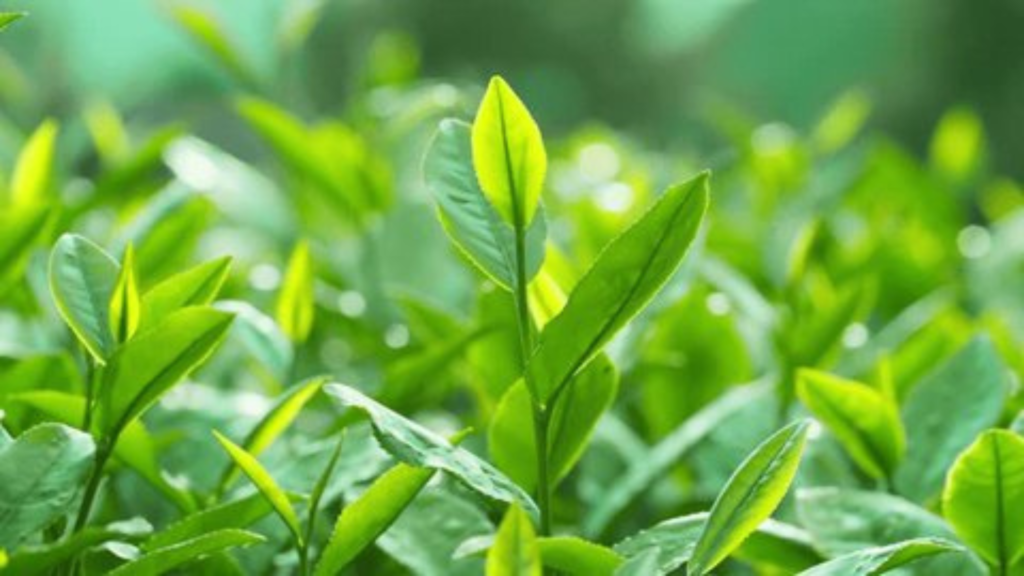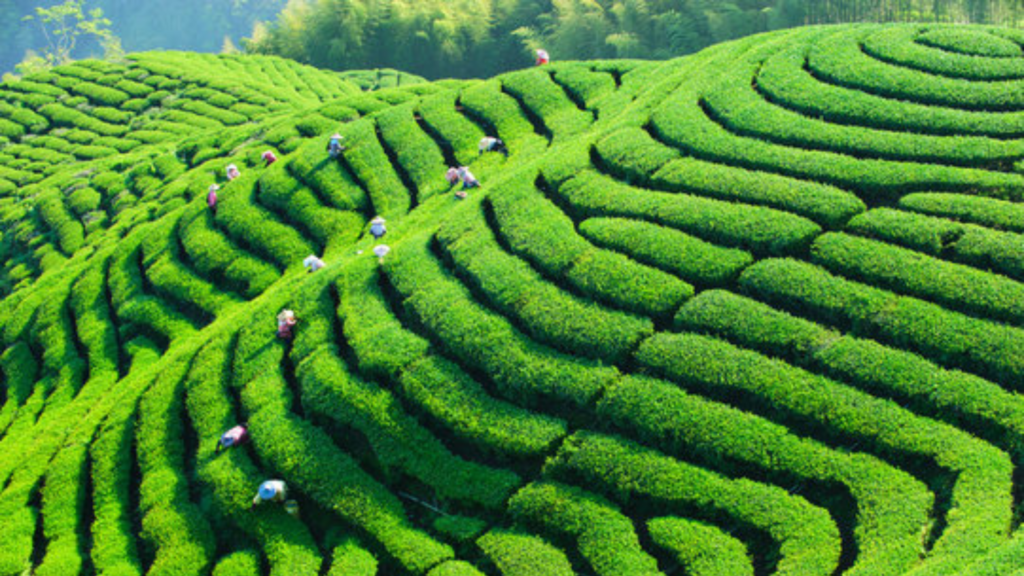
The results are widely seen in our lives today. The tea that our ancestors drank in the form of herbal extracts in the past is proven to be the root cause of their longevity and being healthy and intelligent. By doing this, we created a large amount of space in our daily life, in our homes and in our minds, which contains new, improved chemicals and delicious tea.


Table of Contents
ToggleWhat is One Cup tea?

What is tea?
A plant called Camellia sinensis produces leaves and buds commonly known as tea – the world’s most common beverage, second only to water.
Camellia sinensis, which grows in tropical and subtropical climates, is a flowering evergreen shrub that produces small white flowers; The leaves and buds are ready for harvesting three years after planting. Although camellia sinensis bushes can live for over a hundred years, it is easy to remove leaves and buds from young, small bushes. After harvesting, the leaves are dried and prepared for distribution.

Traditional tea producing countries
Traditional tea producing countries
Tea producing countries are China, Japan, India and Sri Lanka.
However, in recent years, new tea producing countries have emerged, notably Bangladesh, Vietnam and Kenya. Origin affects flavor characteristics, while altitude, soil type, plant type and age of the tea tree are other influencing factors.
Each origin can produce up to five types of tea, although some regions are known for one type or another. For example, Japan is known for green tea. China is known for its white tea. Sri Lanka for black tea.

choose organic green tea, white tea or black tea and One Cup Tea
Whether you choose organic green tea, white tea or black tea, it’s important to know where your tea is grown, as well as how it’s harvested and distributed, to ensure the highest standards of ethics, quality and taste.
Tea is an aromatic drink. An evergreen shrub of East Asia that probably originated in the border areas of southwestern China and northern Myanmar. Tea is also made, but rarely, from the leaves of Camellia talensis. After plain water, tea is the most consumed beverage in the world. There are many types of tea; Some have a cool, slightly bitter and astringent taste, while others include sweet, nutty, floral or grassy notes. Tea has a stimulant effect in humans, mainly due to its caffeine content.
Tea type hot or cold drink
Tea type hot or cold drink
Tea was introduced to China
BC First recorded in China in 1959, although it may have originated earlier
The earliest reliable record of tea drinking dates back to the 3rd century AD in a medical text written by the Chinese physician Hua Tuo. It became popular as a recreational drink during the Chinese Tang Dynasty, and later tea drinking spread to other East Asian countries. Portuguese priests and traders brought it to Europe in the 5th century. In the 17th century, drinking tea became fashionable among the British, who began large-scale tea cultivation in British India.
After water, tea is the second most consumed beverage on earth.

Chinese tea and Japanese tea traditions,
In many cultures it is used in high social events such as tea parties. Tea ceremonies have originated in different cultures, such as the Chinese and Japanese traditions, each of which uses specific techniques and rituali protocols for making and serving tea to be enjoyed in a refined setting. A form of Chinese tea ceremony is the Gong tea ceremony, which typically uses small Yixinclay teapots and oolong tea.In the United Kingdom, 63% of people drink tea every day. It is customary to offer tea to the host when guests arrive. Tea is consumed both at home and outdoors, often in cafes or tea rooms. Afternoon tea with cake on fine porcelain is a cultural stereotype. In southwest England, many cafes serve a pot of tea with a cream tea consisting of scones, clotted cream and jam. In Britain and parts of India, ‘tea’ can also refer to the evening meal.

Ireland was, as of 2016, the world’s second largest per capita consumer of tea after Turkey. Local blends are most popular in Ireland, including Irish breakfast teas using Rwandan, Kenyan and Assam teas. The annual national average of tea consumption in Ireland is 2.7 kg to 4 kg per person. In Ireland tea is usually taken with milk or sugar and brewed longer for a stronger flavor.
